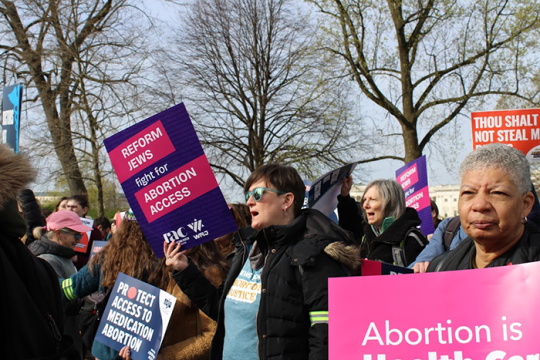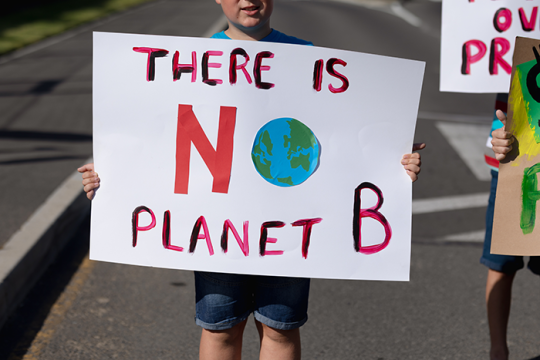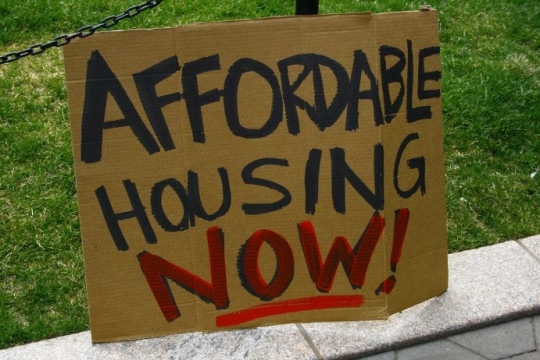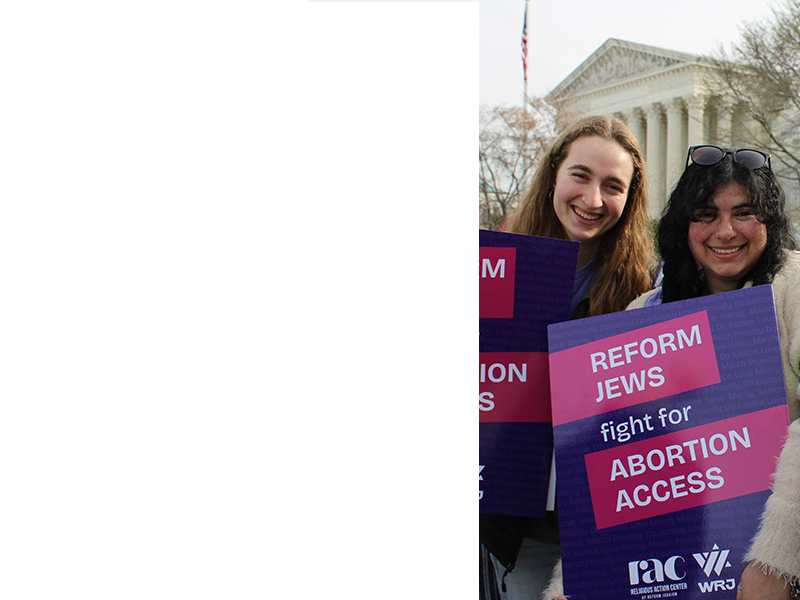I’ll be honest: I don’t normally read articles about sports. I usually skip over the entire sports section of the newspaper, but the other week, I found myself reading some exciting sports-related news: on November 14, the National Collegiate Athletic Association’s (NCAA) first openly gay male athlete will compete in one of the big four sports (basketball, baseball, football and hockey). Although I’m not a sports fan, as someone who cares deeply about building inclusive Jewish communities, I felt this story and the reaction of the team could inform our own inclusion work as a Jewish community.
Last April, Derrick Gordon came out publicly, becoming the first openly gay player in Division I men’s college basketball. Since coming out, Gordon’s relationship with his team has changed significantly. A recent profile by Outsports illustrates the transformation of his relationship with his teammates from one in which they made snide remarks and avoided showering with him when they suspected him of being gay to one in which they now ask him about his dating life and treat him just like any other teammate. Gordon’s story illustrates the impact coming out can have on transforming a homophobic atmosphere into one of acceptance and inclusion.
Of course, a teammate or friend’s coming out shouldn’t be the only impetus for creating inclusive communities. The Babylonian Talmud states that “what is hateful to you, do not do to your neighbor” (Shabbat 31a), yet our communities often treat LGBT people differently, despite the fact that, as Judaism teaches us (Genesis 1:27), we are all created b’tzelem Elohim, in the Divine image, and are therefore all deserving of equality and respect.
As Jews, we must look to the accepting community that Gordon’s teammates’ established after he came out as an example of what to do, while working to avoid only creating that community as a result of our own friends, family members or fellow congregants coming out as Gordon’s teammates did. We must therefore be proactive in establishing inclusive communities in our synagogues, youth groups, camps and other Jewish institutions. We must not just ask ourselves how we are creating inclusive communities for people who are gay, lesbian, or bisexual but also for people who are transgender and gender non-conforming as well.
NFTY, the North American Federation of Temple Youth, is focusing this year on addressing gender and sexuality equality as one of their Social Action themes. Their adopted proposal explicitly states their commitment to promoting “tangible action towards creating understanding, acceptance, and inclusion for people of all sexual orientations and gender identities throughout its regions during 2014-2015,” encourages their regional boards to take action towards inclusion of people of all sexual orientations and gender identities and resolves to offer a non-gendered option when running programs split participants by gender. This builds upon NFTY’s past support for LGBT inclusion, which has included taking action against homophobic and transphobic bullying, supporting same-sex marriage, and co-sponsoring the Keshet/Hazon LGBTQ and Ally Teen Shabbaton, among many other actions.
NFTY’s support and efforts to creative an inclusive community for Jewish teens of all sexual orientations and gender identities sets a strong example for inclusion work for Jewish communities and institutions throughout the country. The Reform movement has a long history of advocating for the rights of LGBT people and it is important that we continuously and proactively take steps to increase the inclusiveness of our Jewish communities.
Related Posts
Image

Remarks from Rabbi Eliana Fischel at Jewish Gathering for Abortion Access
Rabbi Eliana Fischel, Associate Rabbi at Washington Hebrew Congregation in Washington D.C., spoke at a Jewish community gathering just before the Supreme Court heard oral arguments in FDA v. Alliance for Hippocratic Medicine regarding the future of Mifepristone, one of two medications commonly used in medication abortion.
Image

Teens from North Carolina Speak About Environmental Justice
This year, as we approach Earth Day on April 22nd, we are amplifying the voices of our L'Taken participants. These teens, who are at the forefront of our fight for environmental justice and climate change, are not just the future-they are the present.
Image

Why is this Right Different?: City of Grants Pass, Oregon v. Johnson and the Passover Call to Action
As families prepare for the Passover seder and its celebration of freedom, the Supreme Court will hear a case in which the basic civil rights of unhoused people are at stake.
